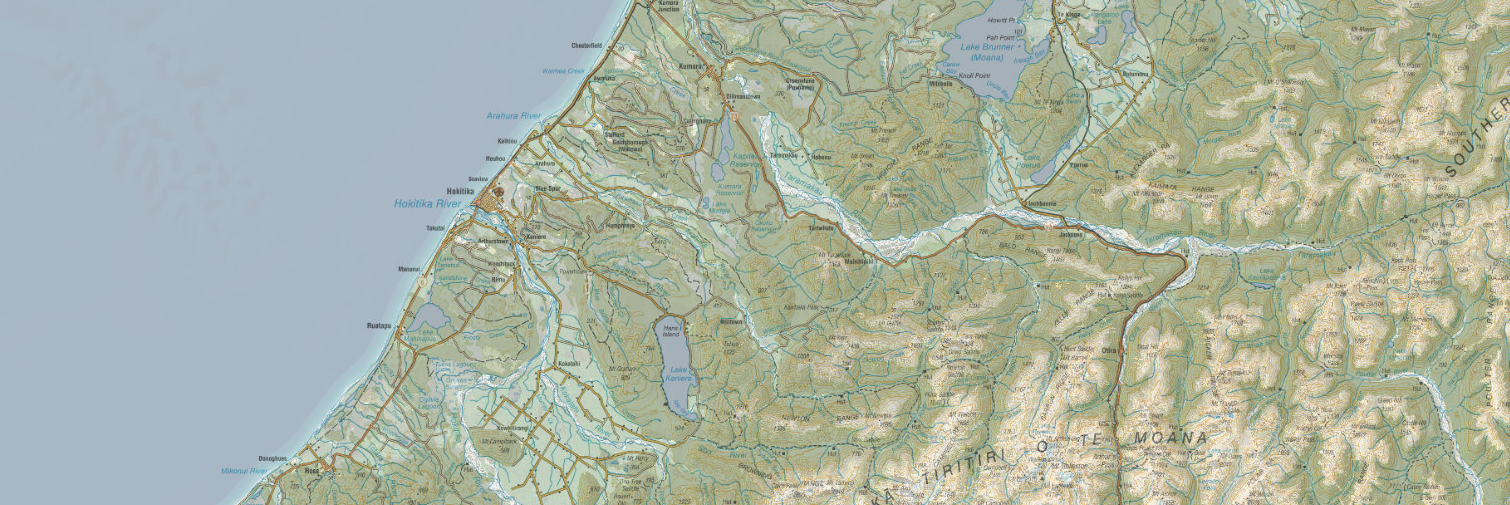Advocating for access on stewardship land
ACTIVITY: Developing outdoor access policy
In March, Herenga ā Nuku made a submission to the Department of Conservation (DOC) after it sought views on streamlining the legal process for stewardship land reclassification and disposal. To make that submission, we developed and enhanced our policy on stewardship land.
When DOC was formed in 1987, it was allocated land to protect. Any of this land that hadn’t yet been given a land classification (such as national park or conservation area) was labelled stewardship land. Currently, there are over 3,000 parcels of stewardship land covering 9% of the country. They include former state forests and Crown land considered to have conservation value.
Reclassifying stewardship land can raise its level of protection, but the process can be complex and slow. It usually involves land surveying, scientific analysis of species and ecosystems, working in partnership with tangata whenua and consulting with the public to understand and protect conservation values. Unsurprisingly, most stewardship land has not yet been reclassified.
In our submission, we supported developing a more efficient process for reclassification. However, we outlined an expectation that this process considers future public access to the whenua. For example, reviews of each parcel of stewardship land need to consider where current public access—including tracks and trails—is needed or may be lost if the land were to become privately owned; where rivers or coastlines may erode; where slips could occur; where new recreational activities could seek access; and so on.
We stated that the reclassification process must protect conservation values, including public access to and through the whenua, natural linkages and enduring practical access to public conservation lands and waters, rivers, lakes and the coast.
We believe that public interest in access—no matter how small or remote—outweighs any case for permanent loss of that access.
This is one of many submissions our team has made to government agencies and local authorities supporting public access to the outdoors.

